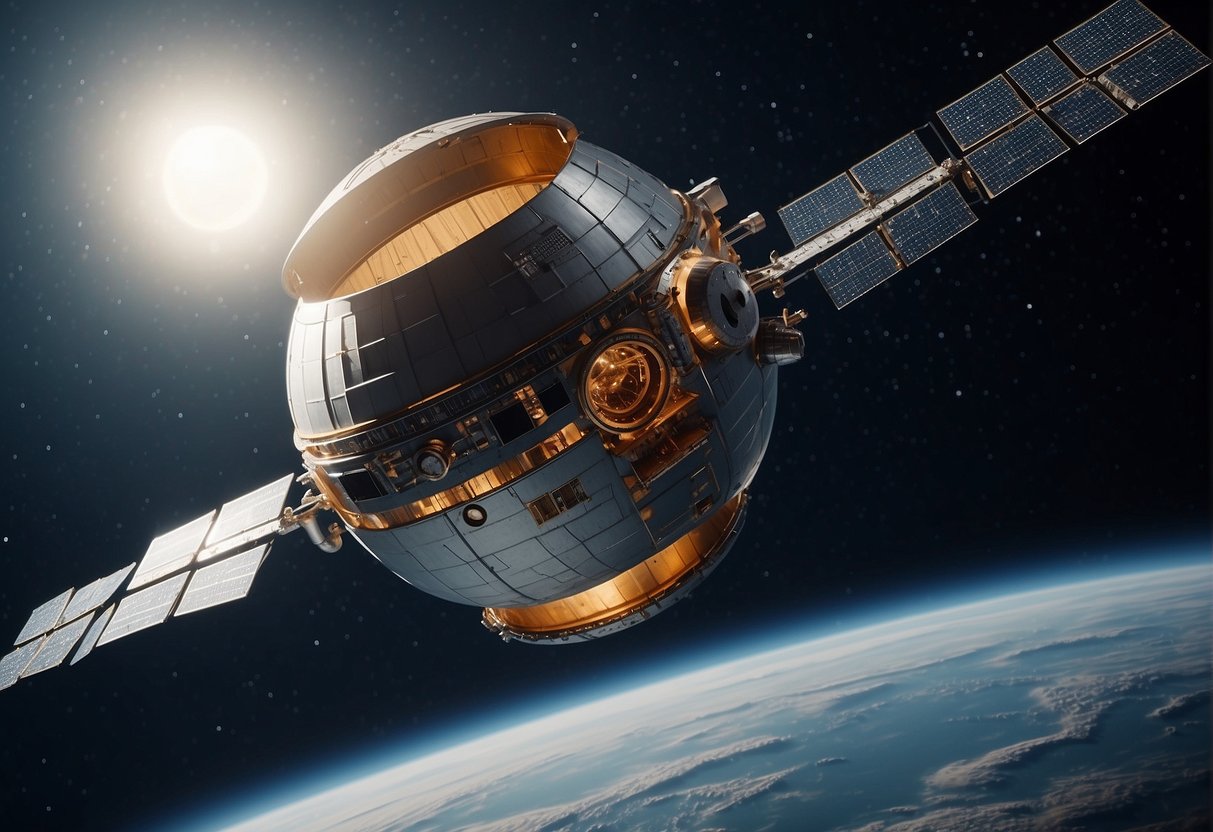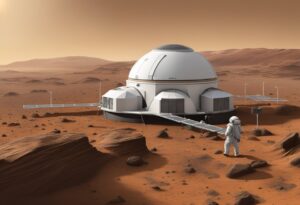Moon travel opportunities for space tourists are becoming a reality as private companies are gearing up to take people beyond Earth’s atmosphere.
The prospect of space tourism has been around for decades, but only a select few have had the chance to experience it.
Now, with the advancements in technology and the emergence of private space companies, the opportunity to travel to the moon is becoming more accessible.
Historically, space travel has been limited to government-funded missions, and only a handful of people have been able to venture beyond Earth’s orbit.
However, with the rise of private space companies such as SpaceX and Blue Origin, the landscape of space travel is changing.
These companies are not only working on missions to the International Space Station but are also planning to take tourists to the moon.
Preparing for a journey to the moon is no easy feat, and private space companies are taking every precaution to ensure the safety and well-being of their passengers.
From rigorous training programs to stringent health and safety regulations, companies are leaving no stone unturned in their quest to provide a safe and unforgettable moon travel experience.
As more and more private space companies enter the market, the future of space tourism looks bright, and the opportunity to travel beyond Earth’s atmosphere is becoming more accessible to the general public.
Key Takeaways
- Private space companies are making moon travel opportunities more accessible to the general public.
- Preparing for a journey to the moon involves rigorous training programs and stringent health and safety regulations.
- The future of space tourism looks bright as more private space companies enter the market.
Historical Context and Current Landscape
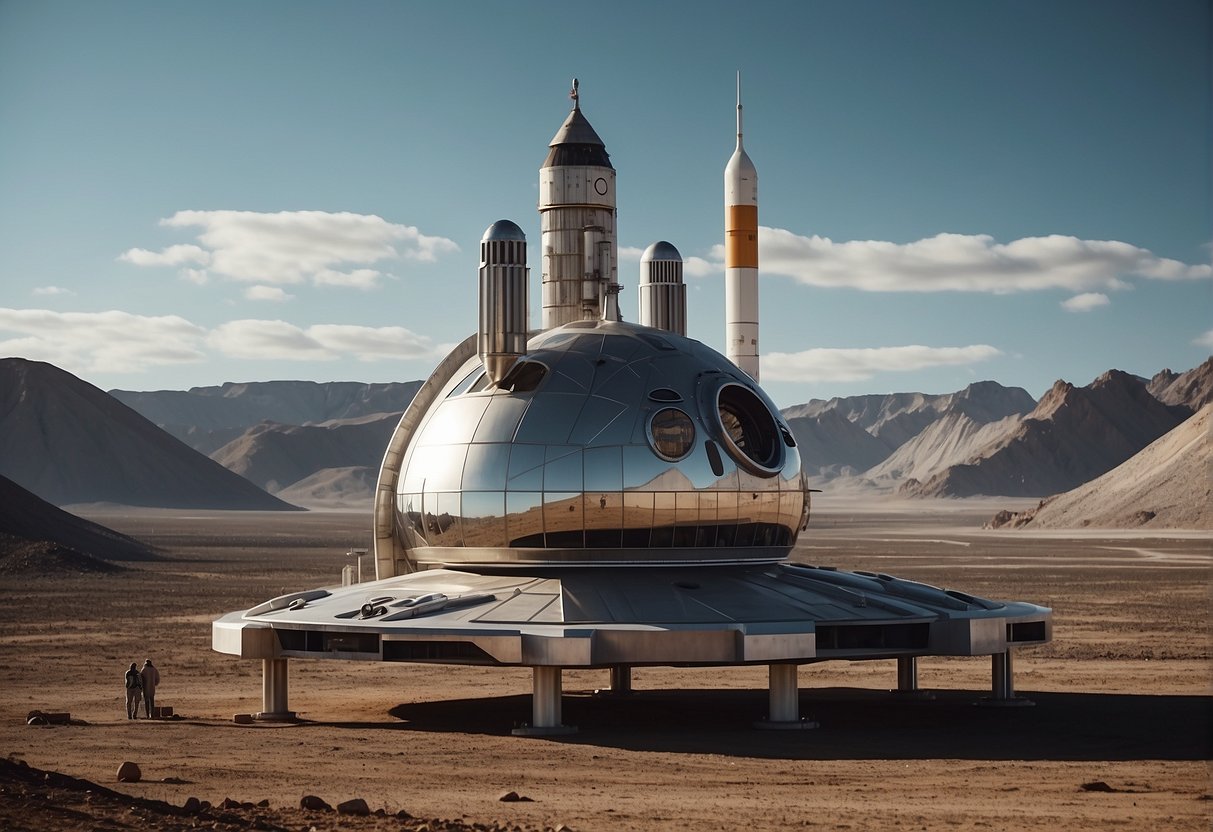
Evolution of Space Tourism
The concept of space tourism has been around for decades, but it wasn’t until the turn of the century that it became a reality.
The first space tourist was American businessman Dennis Tito, who paid $20 million to visit the International Space Station (ISS) in 2001.
Since then, several other private citizens have followed in his footsteps, including Anousheh Ansari, Richard Garriott, and Guy Laliberté.
The evolution of space tourism has been driven by advances in technology and the increasing involvement of private companies.
In the past, space travel was the exclusive domain of government agencies like NASA. However, the rise of companies like SpaceX, Virgin Galactic, and Blue Origin has opened up new opportunities for space tourism.
Role of Private Companies in Moon Travel
One of the most exciting developments in space tourism is the prospect of moon travel.
NASA has plans to return humans to the moon by 2024 through its Artemis program, and private companies like SpaceX have announced plans to offer moon tourism flights in the near future.
SpaceX, founded by billionaire entrepreneur Elon Musk, has been at the forefront of the private space industry.
The company has already sent astronauts to the ISS and is working on developing a reusable spacecraft that can take humans to the moon and beyond.
In 2018, SpaceX announced that it had signed up its first private passenger, Japanese billionaire Yusaku Maezawa, for a trip around the moon.
Virgin Galactic, founded by British billionaire Richard Branson, is also working on space tourism.
The company plans to offer suborbital flights to space tourists, with prices starting at $250,000 per seat. Blue Origin, founded by Amazon CEO Jeff Bezos, is also developing a reusable spacecraft for suborbital flights.
Preparing for the Journey
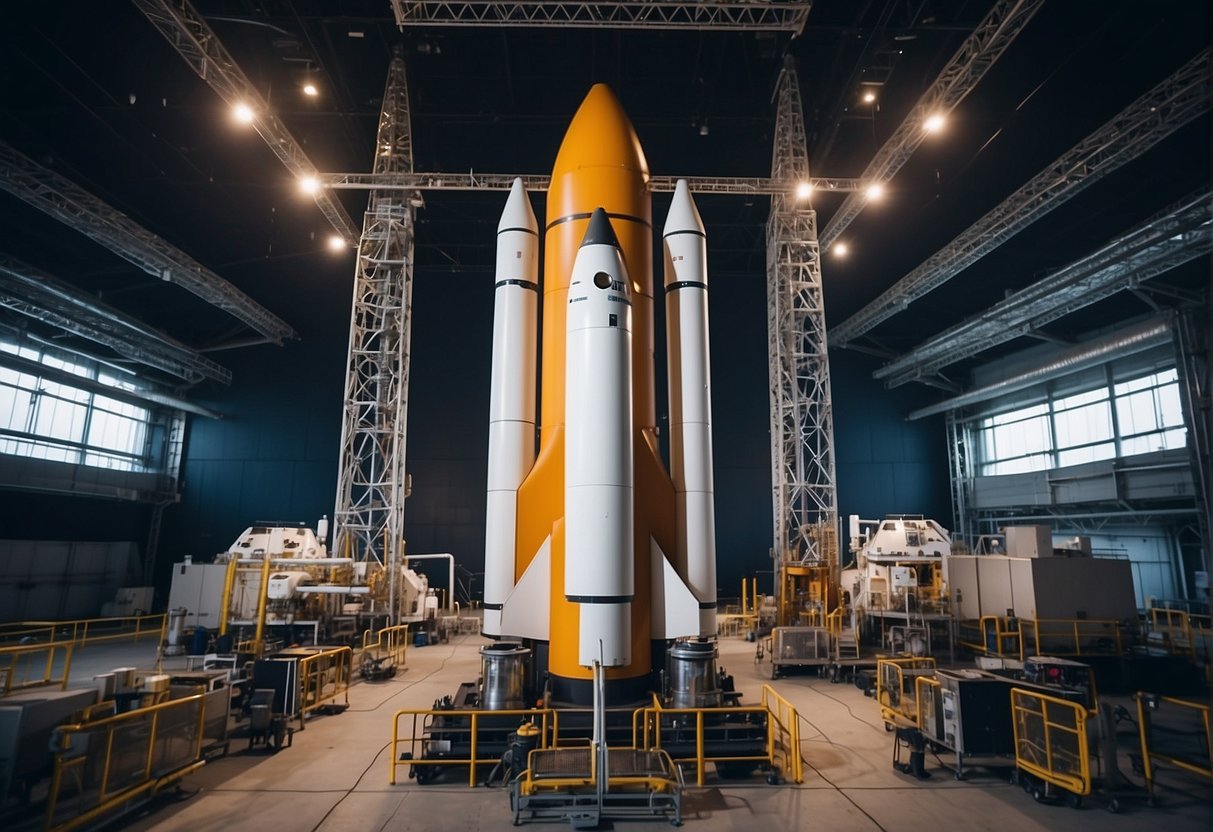
Training Requirements for Tourists
Space travel is not only an exciting experience but also a challenging one.
Tourists who want to visit the Moon must undergo rigorous training to ensure their safety during the journey.
The training program includes both physical and mental preparation, as well as familiarization with the spacecraft and mission plan.
The physical training includes exercises to improve cardiovascular endurance, strength, and flexibility.
Tourists must also learn how to operate in a zero-gravity environment and how to use spacesuits. Mental preparation includes training for emergencies and stress management techniques.
Technological Advancements in Spacecraft
The spacecraft used for Moon travel has undergone significant technological advancements in recent years.
Crew Dragon and Starship are two such spacecraft that have been developed by SpaceX.
Crew Dragon is designed to transport astronauts to the International Space Station (ISS), while Starship is a fully reusable spacecraft that can carry up to 100 passengers to the Moon and Mars.
The Falcon 9 rocket is used to launch Crew Dragon and Starship into space. The rocket is designed to be reusable, reducing the cost of space travel. The launch pad used for Moon travel is located at the Kennedy Space Center in Cape Canaveral, Florida.
Spacesuits and parachutes are also essential components of the spacecraft.
The spacesuits protect the astronauts from the harsh environment of space, while the parachutes ensure a safe landing on Earth. The spacecraft is equipped with multiple parachutes to ensure redundancy in case of a failure.
The Moon Travel Experience
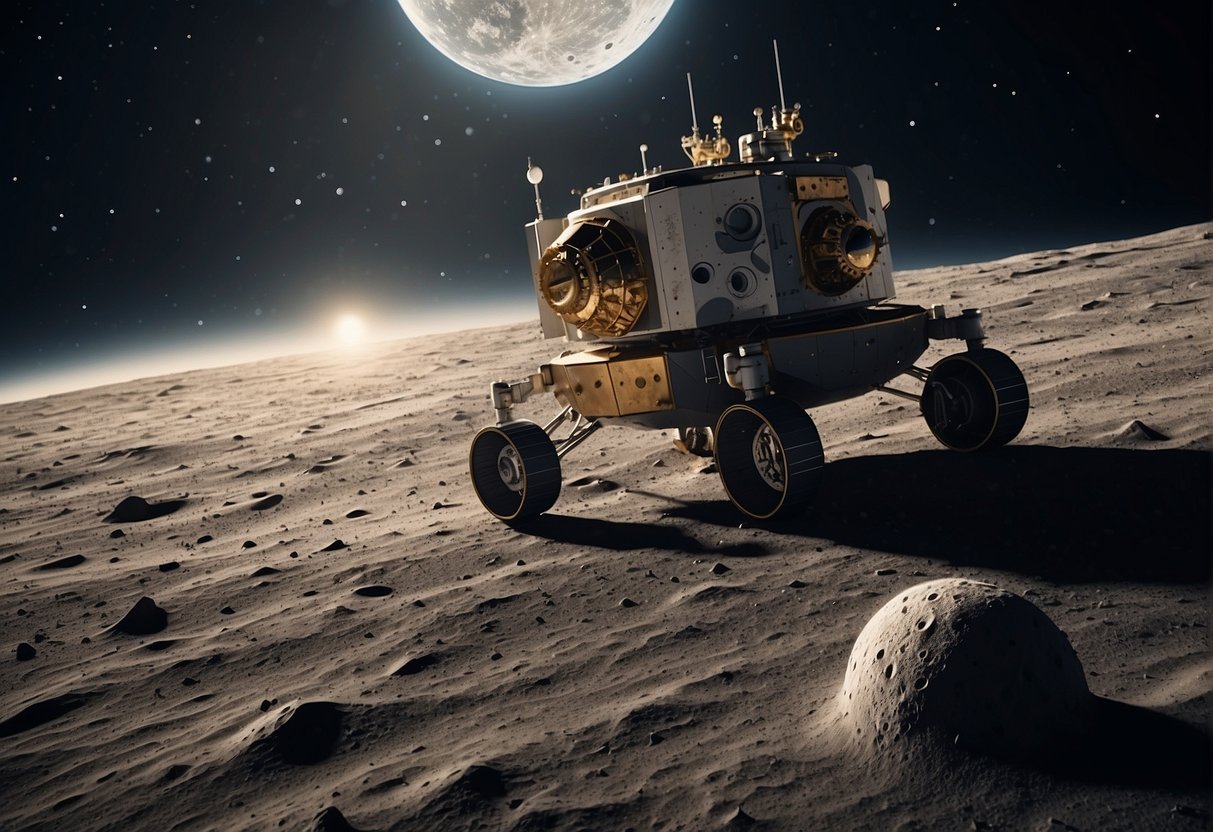
Orbital Dynamics and Moon Landing
Moon travel is a unique experience that requires a thorough understanding of orbital dynamics.
The journey from Earth to the Moon is not a straight line but rather a complex trajectory that requires precise calculations.
The spacecraft must be launched at the correct time and angle to intercept the Moon’s orbit.
Once in orbit around the Moon, the spacecraft must be maneuvered to land on the lunar surface.
The landing process is a delicate operation that requires precise control of the spacecraft’s speed and orientation.
Life on Board: From Earth to the Moon
Space tourists who embark on a moon travel experience will spend several days in microgravity, also known as weightlessness.
This can have a significant impact on the human body, and space tourists must be prepared for the physical and psychological challenges of living in space.
The spacecraft that carries space tourists to the Moon will likely be a space station that is equipped with all the necessary life support systems, such as oxygen and hydrogen generation through electrolysis.
During the journey, space tourists will have the opportunity to experience the unique sensation of weightlessness.
They will also be able to enjoy the stunning views of the Earth and Moon from space.
Once on the lunar surface, space tourists will be able to explore the Moon’s terrain and conduct experiments in a low-gravity environment.
Safety, Health, and Regulations

Understanding the Risks of Space Travel
Moon travel opportunities for space tourists are becoming more common, but it is important to understand the risks associated with space travel.
The risks of space travel include radiation exposure, physical and mental stress, and the possibility of accidents.
Space tourists should be aware of these risks and take necessary precautions to minimize them.
According to data from the National Safety Council, the lifetime risk of an average American dying in an aircraft accident is 1-in-205,552. However, the lifetime risk of space travel is difficult to calculate because there have been relatively few space travelers.
It is known that space travel exposes individuals to higher levels of radiation than on Earth, which can increase the risk of cancer and other health problems.
Before embarking on a space travel adventure, space tourists should consult with a physician assistant to ensure they are healthy enough for space travel.
The physician assistant can also provide advice on how to minimize the risks associated with space travel.
Legal and Ethical Considerations
Space tourism raises legal and ethical concerns that require careful consideration.
Regulations focusing on potential radiation exposure for space tourists are limited and largely untested. Additionally, there is a heavy focus on conventional non-radiation risk and wider environmental and ethical concerns that need to be addressed.
Private citizens who wish to participate in space travel should be aware of the regulations that govern space tourism.
These regulations are in place to protect the safety of crew members and space tourists. St. Jude is an example of a company that has developed a set of safety standards for space tourism.
Space tourism also raises ethical concerns, particularly in terms of environmental impact.
The emissions and environmental effects of space travel, especially if it becomes a more common form of tourism, need to be assessed and regulated to minimize harm to the Earth’s atmosphere.

